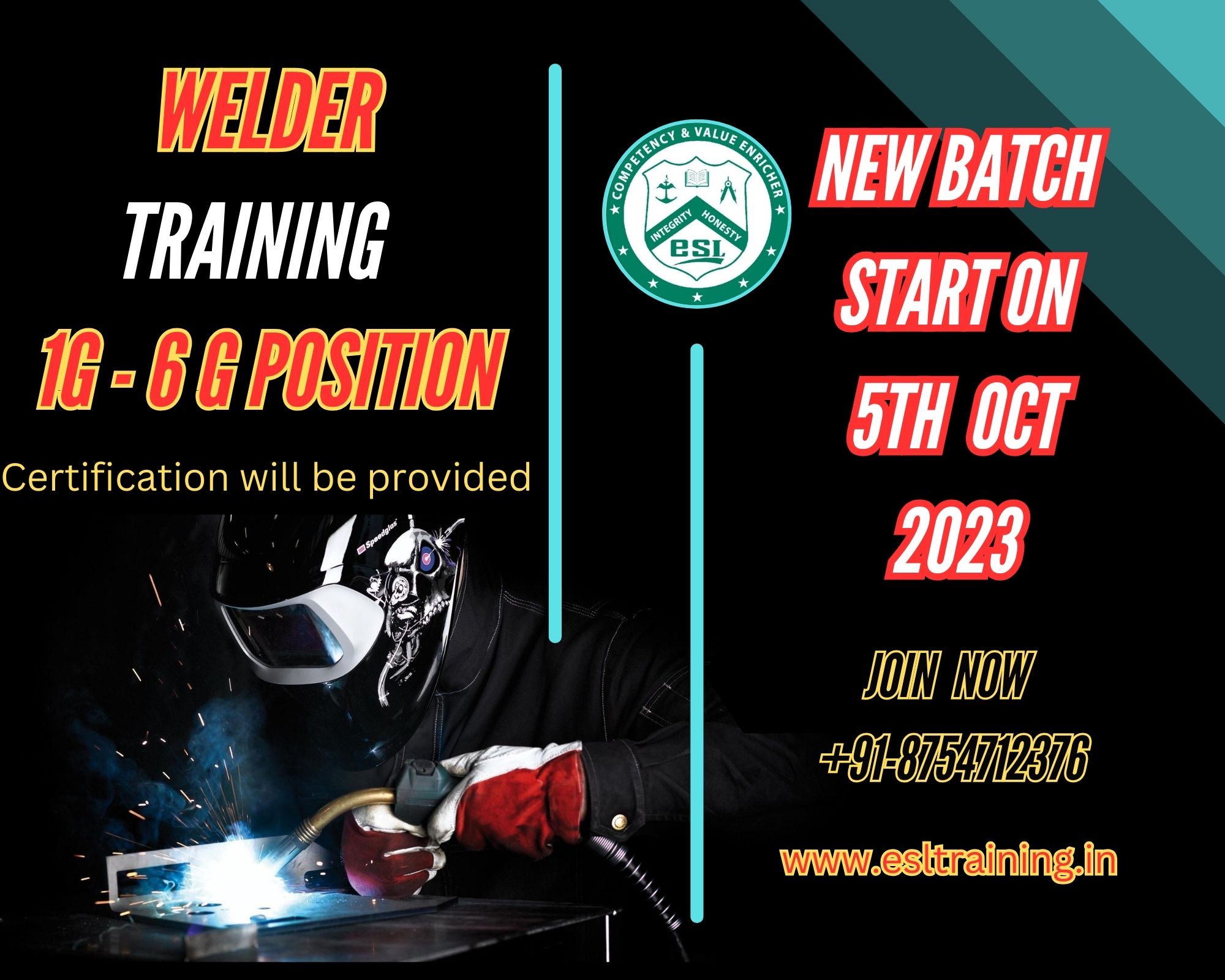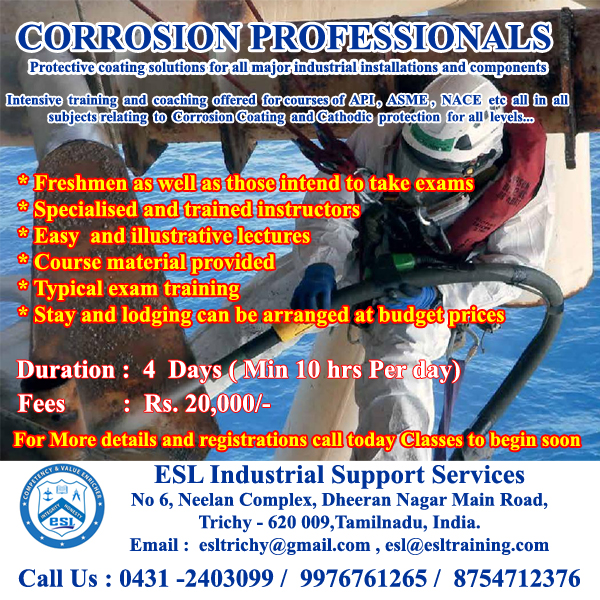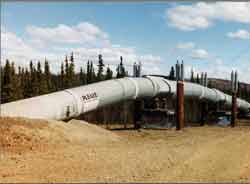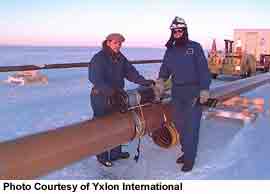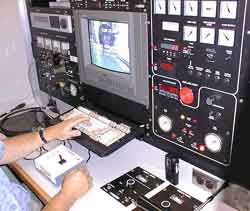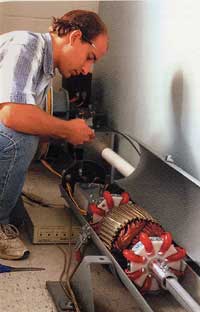API 580 Question
API 580 Preparatory Training in India
1.Types of nozzle
- Radial nozzle: a nozzle, which is perpendicular to base of the shell or dished end lies on the orientation line is called radial nozzle.
- Offset nozzle : a nozzle, which is similar to radial nozzle but offset form orientation line , is called as offset nozzle.
- Tangential nozzle : a nozzle, which is on any tangential line of the shell, is called tangential nozzle.
- Angular nozzle : a nozzle, which is at an angle form the reference line, is called as angular nozzle.
2.supports for vessel
Vessel have to be supported by different methods. Vertical vessel is supported by bracket, column and saddle support horizontal vessels. The choice of the type of supports depends on the
- Height and diameter of the vessel,
- Available floor space,
- Location of vessel
Types of supports which are commonly used
- Skirt supports
- Saddle supports
- Bracket or lug supports
- Leg supports
3.What is design of skirt supports ?
- Tall vertical vessels are usually supported by cylindrical shell or skirts.
- The skirts are welded to the bottom dished head, or outside of the shell.
- A bearing plate is attached to the bottom of the skirts. This plate is made to rest on concrete foundation and is securely anchored to the foundation by means of anchor bolts in concrete prevent over turning form the moments induced by wind or seismic loads.
- The bearing plate is in the form of rolled angle or a single flat ring with or without gussets.
4.Design of saddle supports
- Horizontal cylindrical vessel are supported on saddles. Theses are placed as two positions.
- For large thin wall vessel or vessels under vacuum, it is necessary to provides ring supports.
- The location of the saddle supports should be equal form the centerline of the vessel or equal distance form the tan line of the both side of vessel
5.Design of bracket or lug type supports
- These type can be easily fabricated form the plate and attach with the vessel wall with minimum welding length. They are made to rest on short columns or on beams of a structure depending on the elevation required. They can be easily leveled.
- Bracket supports are most suitable for vessel with thick walls.
- The main loads on the brackets supports are the dead weight of the vessel with its content and the wind load.
6.Design of leg supports
- Structural sections such as angle, channels can be directly welded to the pressure vessel shell to form vertical legs the legs is attached to the vessel by fillet welds.
- This type of support is use for small vessels. Several local stresses are produced at the connection of the support to the vessel wall
7.describe the lodes ?
- Internal and external pressure including static head. Weight of vessel and normal contents under operating or test conditions.
- Superimposed loads, such as other vessel operating equipment, insulation, corrosion resistance or erosion resistant lining and piping.
- Wind loads, snow loads and earthquake loads.
8.why corrosion allowance is required in shell plates.
- Vessel and part there of subject to loss of metal by corrosion , erosion , mechanical abrasions or other environmental effect shall have provisions made for such loss during the design or specified life of the vessel by a suitable increase in or addition tool a thickness of the base metal over that determined by the design formula or stress analysis.
9.why corrosion allowance is required in shell plate ?
- Material added an included for these losses need not be of the same thickness for all parts of the vessel.
- If different rates of attack are excepted for the various parts.
- No additional thickness need be provided when previous experience in like service as soon that corrosion does not occur or is of only a superficial nature .
10.Why required lining in the shell ?
- Corrosion resistance or abrasion resistance lining are these not integrally attach to the vessel wall.
- They are intermittently attach or not attach at all .
- In either case, such lining shell not be given any credit when calculating the thickness of the vessel wall.
11.defination of the design pressure.
- Design pressure is the pressure at the top of the vessel and which together with the applicable co incident( metal.) Temperature is stamped on the name plate.
- The pressure at the top of the vessel is also the basis for the pressure setting of the pressure relief device protecting the vessel.
12.defination of the design temperature?
The temperature used in the design shall be based on the actual metal temperature expected under operating condition for the part considered at the designated coincident pressure.
13.definition of the operating pressure?
The operating pressure is the pressure at the top of the vessel at which it normally operators. The operating pressure shall not exceed the design pressure and is usually kept at a suitable level bellow it to prevent the frequent opening of the pressure relieving devices.
14.defination of the test pressure ?
The test pressure is the pressure to be applied at the top of the vessel during the test . This pressure +any pressure due to static head at any point under consideration is used in the applicable formula to check the vessel under test condition.
15.which details gives in title block ?
Stage inspection name, scale, department name, project name & number, drawing number, revision, client name, manufacturer name, file name etc.
16.which data indicates in design data?
Design & construction code, design pressure, design temperature, operating pressure & temperature, hydro test temperature, corrosion allowance, radiography, joint efficiency, seismic code, wind data code is 875 specific gravity, post weld hest treatment etc.
17.what is the objective of stress analysis ?
- To ensure that the in piping components in the system are within allowable limits
- To solves dynamic problems developed due to mechanical vibration, fluid hammer, pulsation, relief valves, etc.
18.what are the steps involved in stress analysis ?
- identify the potential loads that the piping system would encounter during the life of the plant
- relate each of these loads to the stresses and strains developed
- get the cumulative effect of the potential loads in the system
- deside the allowable limits the system can withstand with failure as per code
- after the systems is designed to ensure that the stresses are within safe limits
19.what are the different types of stresses that may get generated within pipe during normal operation ?
Axial stresses (tensile / compressive), shear stresses, radial stresses, hoops stresses.
20.How are the loads classified in stress analysis package ?
Sustained loads, b. Occasion loads, c. Displacement load
21.What are the source of sustained loads generated in piping system ?
Pressure b. Dead weight of pipe and attachments
Sustained load is calculated as
Weight of pipe with fluid + pressure load + load due to springs
W + p1
22.How do you calculate the operating load ?
W + p1 + t1
T1- load due to thermal expansion.
23.Give some example for occasional loads.
Wind, wave, earthquake
24.Mention some of primary loads.
Dead weight, pressure, forces due to relief or blow down, force due to water hammer effects.
25.what is the ASME code followed for design of piping systems in process piping ?
B 31.3
26.While welding of pipe trunion to pipe/reinforcement pad you have to put a hole or leave some portion of welding why ?
For venting of hot gas which may get generated due to welding
27.what should be the radius of long radius elbow?
1.5 d
28.Normally where do we use the following ?
Eccentric reducers & concentric reducers
1.eccentric reducer = pump suction to avoid cavitations, to maintain elevation in rack
2.concentric reducers = pump discharge, vertical pipe line etc
29.What do you mean by NPSH ?
Net positive suction head.
30.what is the thumb rule to calculate current required for welding ?
Current(amp) = [ diameter of electrode (mm) *40] +20
31.what is the thumb rule to calculate spanner size for given bolt ?
1.5 * diameter of the bolt.
32.which piping items will you drop down before conducting flushing and hydro test ?
Ans: item like control valve, orifice plates, rot meters, safety valve, thermo wells are dropped or replaced with temporary spool hydro test.
33.Why do we provide a dampner in the piping of reciprocating pump ?
To take care of pulsation.
34.Why do we provide full bore valve in connecting pipeline of launcher/ receiver ?
For pigging.
35.what is the astm code for the following ?
1.cs pipe = a106 gr.b
2.cs fitting =a 234 gr. Wpb/wpbw
3.cs flanges = a105
- As pipe = a 335 gr. P1/p11
36.Which parameters will u check during checking piping isometrics ?
Bill of material, pipe routing wrt gad, supporting arrangement, details of insulation, hydro test pressure, painting specs, and provision of vent and drains at appropriate location.
37.What is the ansi/ASME dimensional standard for steel flange & fitting?
B 16.5
38.how can flanges be classified based on facing ?
Flat face, raised face, tongue and groove, ring type joint
39.What do mean by aarh ?
Arithmetic average roughness height.
40.which are the different types of gaskets ?
Full face, spiral wound, octagonal ring type, metal jacketed and inside bolt circle.


